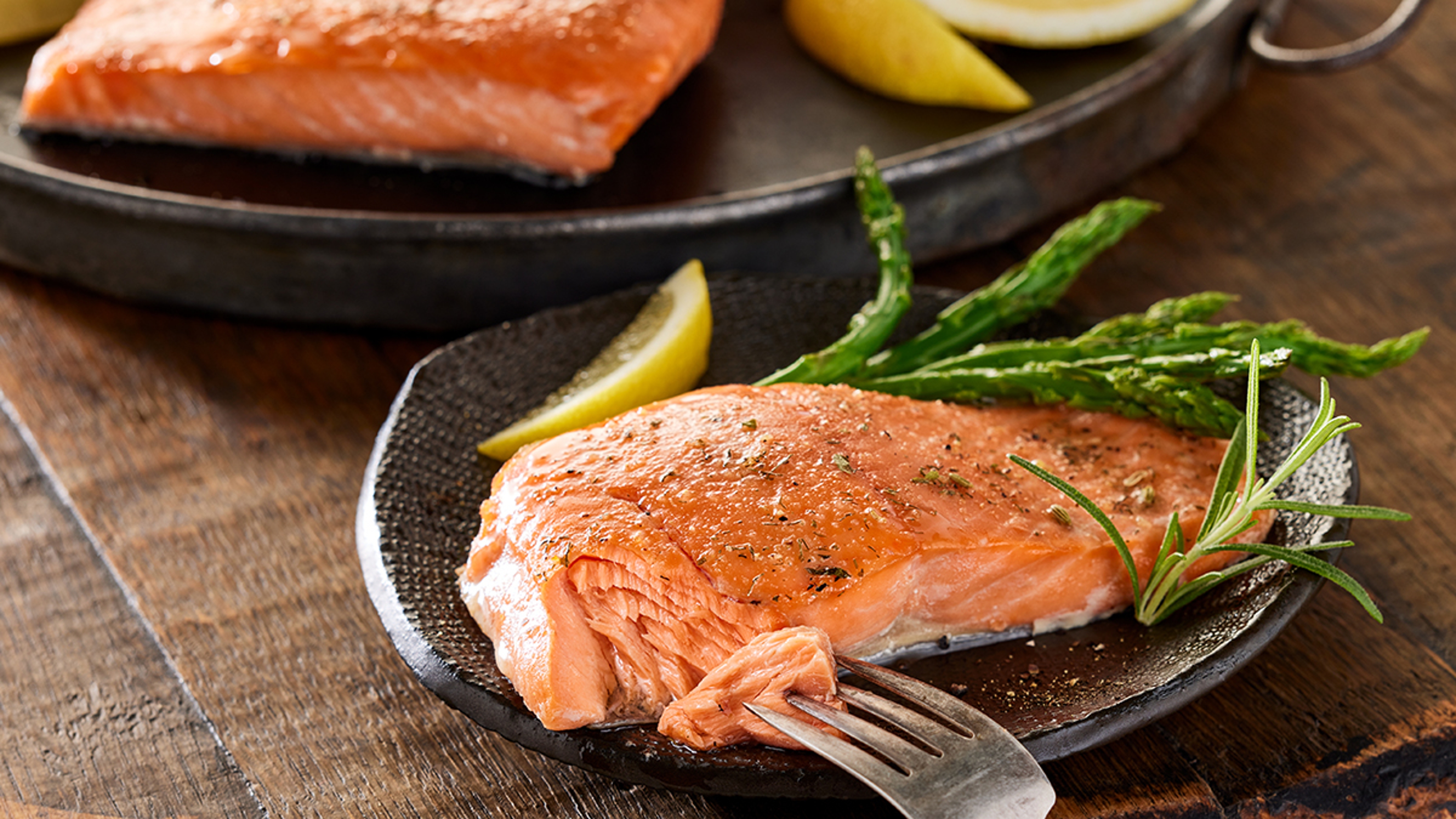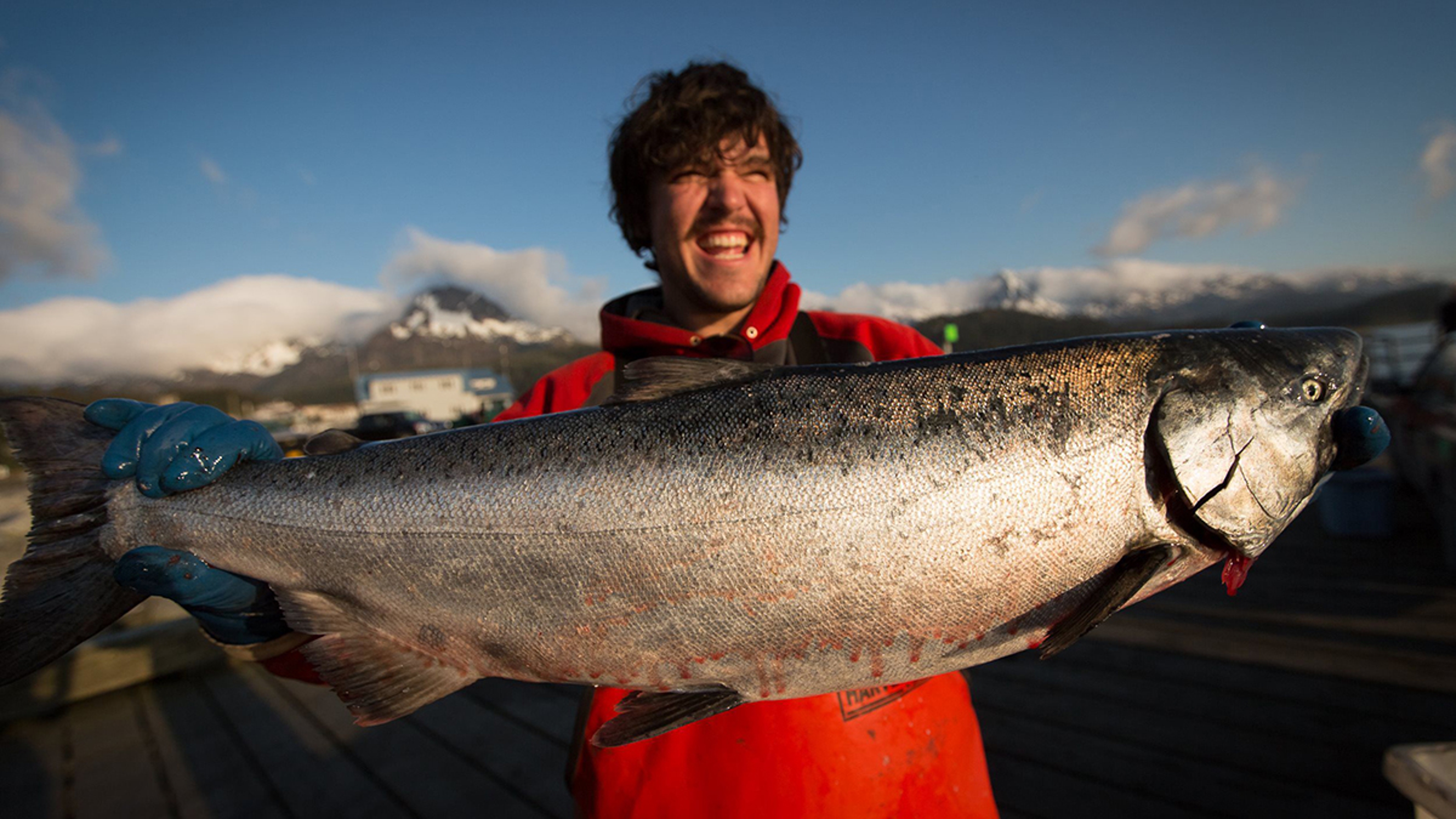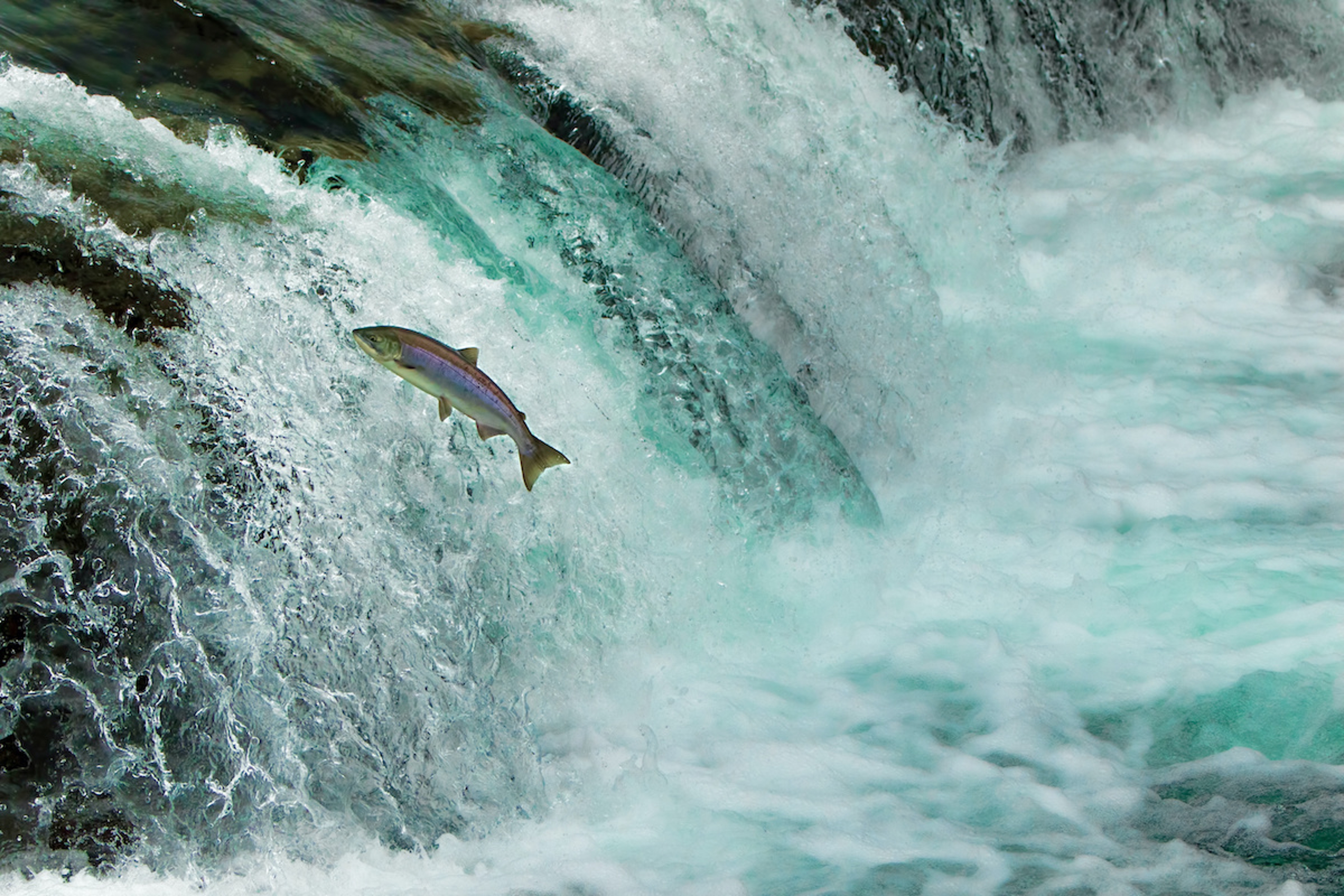May's Featured Catch: Copper River King Salmon
It’s Copper River salmon season! Get them while they last!
May 01, 2025
Every spring, seafood lovers in the northwestern United States get excited, if not giddy, about the arrival of something seemingly mundane: a fish. Signage outside restaurants and seafood markets proclaim, “It’s here!” Chefs and home cooks plan their menus and wine pairings around it. When Copper River King salmon season begins in late-May, there’s a collective sense of joy.
Rightfully so, for this is the most delicious, simple-to-cook protein, and yet it’s ephemeral, with the season lasting a short month.
Thanks to Copper River Seafoods and Vital Choice, it’s not just northwestern seafood lovers who can take advantage of the brief, shining moment when wild Alaskan King salmon from the Copper River is available. For those who have never sunk a fork into the rich, oily anadromous fish, now’s the time to get to know one of the food world’s hottest cult seafoods.
The king of all salmon
Copper River king salmon get their flavor and their high oil content, the sought-after omega-3 fatty acids, from their annual journey to spawn. The Copper River is the 8th largest river in the United States, but, at just under 300 miles, one of the shortest in Alaska, with twists and turns and tributaries along the way. It’s glacier-fed, fast-moving, and “ferocious,” according to Scott Blake, fourth-generation commercial fisherman and CEO/Co-founder of Copper River Seafoods.
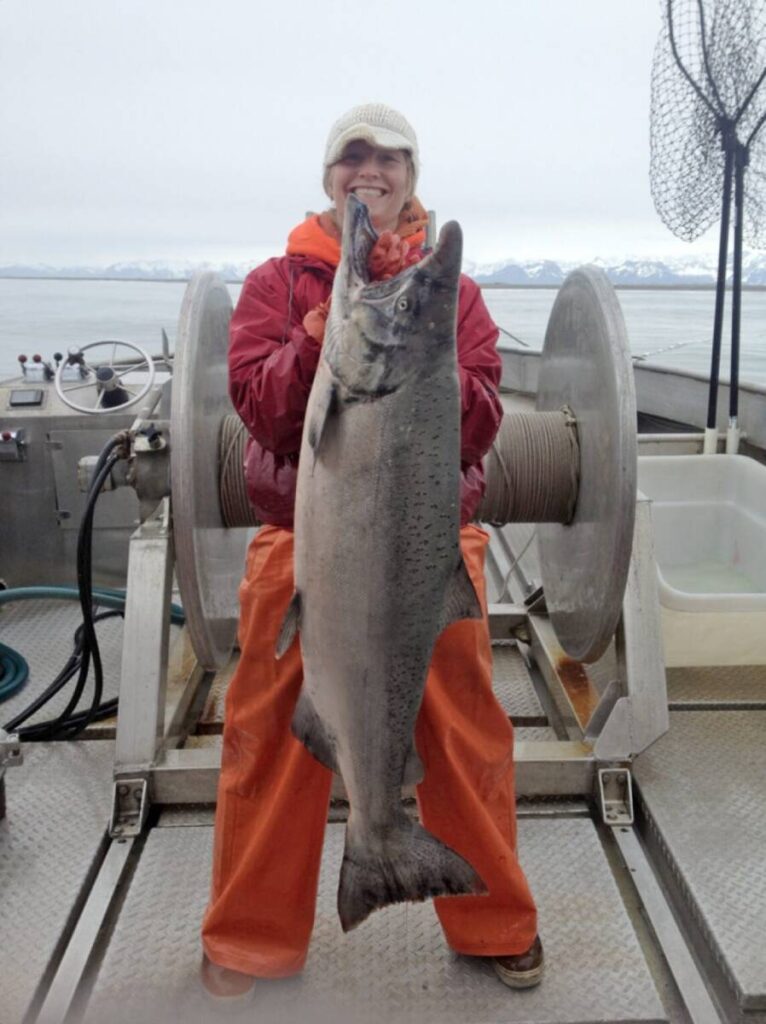
To make the treacherous trip from the Copper River into the Gulf of Alaska, the fish, also known as Chinook salmon, have to store up “a tremendous amount of oil,” Blake says, comparing the journey to the trek of salmon on the longer Yukon River, which is 2,000 miles long but moves very slowly. When Copper River salmon come back to the mouth of the river for their return trip, the fish are harvested at the peak of their oil content, which gives the salmon not only its health benefits — omega-3s are prized for lowering cholesterol and improving our cardiovascular system — but a buttery texture and intense marbling that has earned the Copper River kings comparisons to Wagyu beef.
It’s important to note, however, that Copper River king salmon is a wild fish, and since its richness comes naturally, thanks to its nutrient-rich diet, there’s an artisanal approach to Copper River Seafoods’ commercial harvesting of this fish. The company works with small vessels that are about 28 to 32 feet long, with crews of only one or two. The king salmon are harvested by net during extremely short season openers of 12 to 24 hours in mid- to late-May to June, then are individually removed, bled, and gently submerged in a mixture of flaked ice and seawater, a technique used to approximate the ocean water’s glacial-fed temperatures. The day’s catch is then brought to the Copper River Seafoods facility for processing and is frozen at peak freshness for Vital Choice to then ship to you.
Plating perfection
Growing up in a fishing family amid a community that prizes its Copper River salmon and other wild Alaskan seafood, Blake says he didn’t even try beef until he was 19 years old. (Though moose would sometimes be on the menu.) Why bother when you have access to amazing fish such as Copper River king salmon, which requires little effort to turn out a delicious dish?
“It’s very simple for me,” he says. “I put a piece of fish on the grill, add a little butter, garlic, salt, and lemon pepper, and the rest takes care of itself.”
In winter, when he has frozen salmon and it’s too cold to grill outside, Blake cooks the fish skin-side down in a pan, using the same mixture of butter, herbs, and spices, then flips it to finish the dish. He says he recently did this for friends who took one bite and were left awestruck. “They didn’t know what to say,” he laughs.
Of course, you can get more creative with king salmon preparations, adding different spice mixtures or even a honey brown sugar glaze. But after taking a bit of a simply prepared Copper River king salmon fillet or steak, you may be inclined to follow Blake’s lead and opt for a minimalist approach.
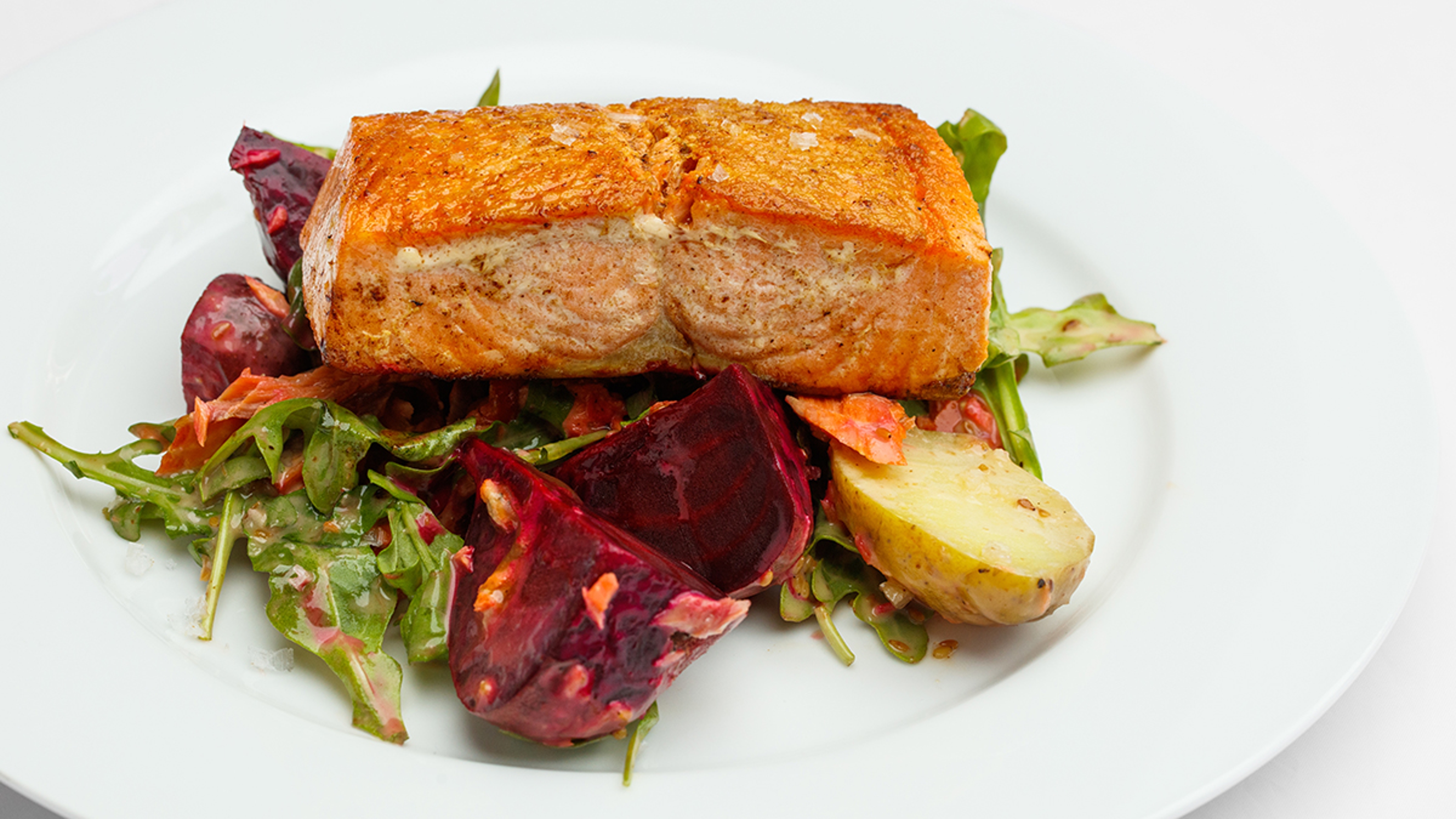
A commitment to sustainability
Blake co-founded Copper River Seafoods in 1996 with three fellow multi-generational fishermen who wanted to ensure the survival of the fishing practices that have long sustained their Alaskan communities. As he discussed with us recently while showcasing Copper River Seafood’s Alaskan halibut, farmed salmon fisheries were threatening to topple the wild fishing industry through innovation and, in part, marketing.
The overfishing of wild species led many consumers to believe that eating farmed fish was better for the environment. Guided by the state of Alaska Constitution which mandates seafood sustainability, Copper River Seafoods’ fleet of fishermen must follow strict fishing rules and regulations and only fish during open periods as directed by the Alaska Department of Fish & Game. This year’s forecast for king salmon returning to the Copper River is 36,000 fish. There’s a lot of competition for this prized resource, but all Alaska salmon is protected against overfishing and we manage for sustainability first,” Blake notes.
The commitment to sustainability helps not only the fish stocks but also the Alaskan communities that rely on commercial fishing. Blake says that there are more than 300 families involved in fishing for Copper River Seafoods salmon alone. “Those families depend on us to make their house payments and put food on their table for their kids, and to make sure that they have a sustainable livelihood. That's extremely important to us.”
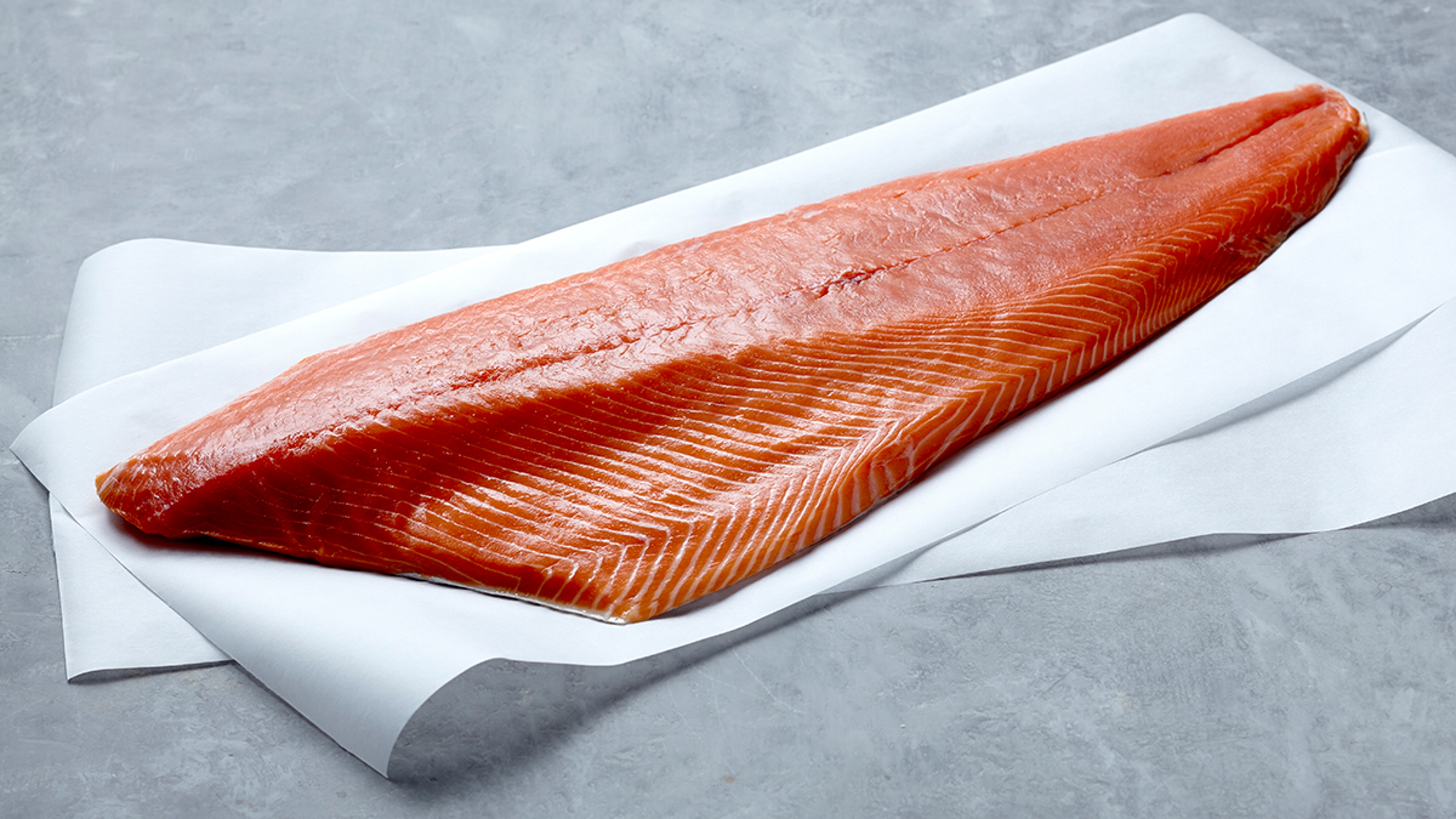
The “amazing product,” as Blake calls the salmon, is also important, not only to him and the Copper River Seafoods families, but to the consumers who get the opportunity to experience it.
“Wild Alaska seafood is the largest, naturally sustainable seafood in the world,” he says. “Our waters and air are pristine and clear.” Blake goes on to say that the fish therefore can thrive, never having to leave their natural environment and giving them genetic advantages that farmed seafood can’t attain.
Or to put it simply, if you care about the environment as well as the quality of your seafood, you can have your king salmon and eat it too.






